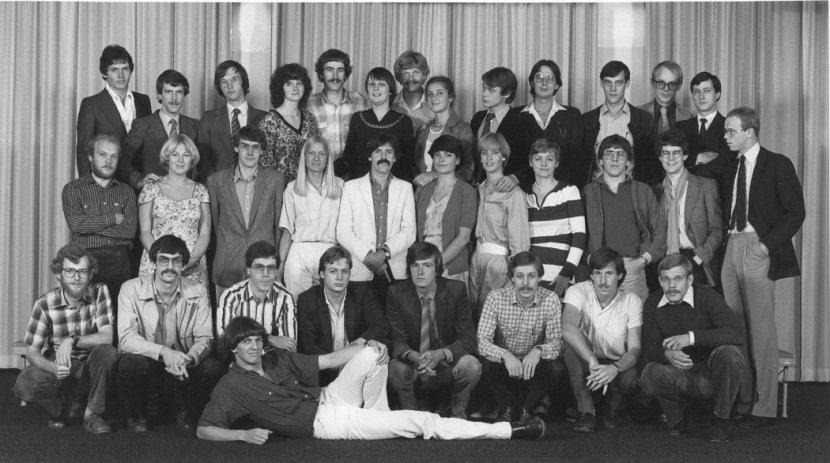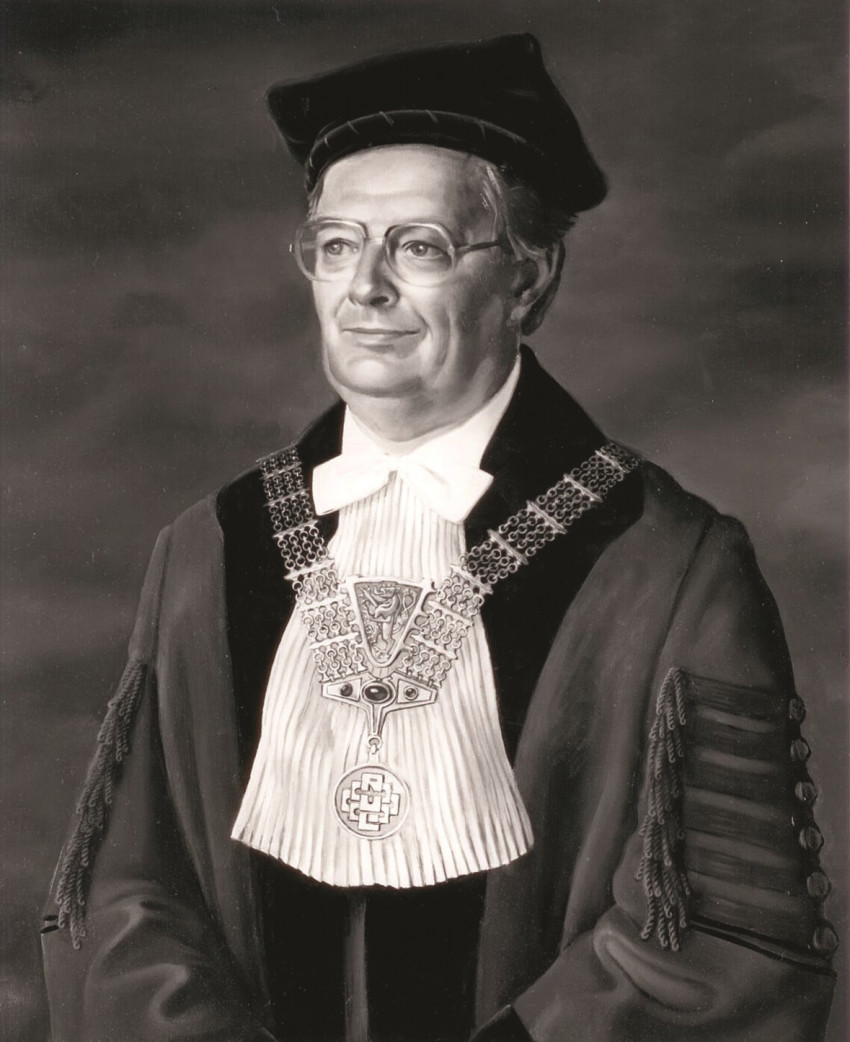
In the late 1960s, the push for a university in Limburg gained momentum. In 1967, SWOL issued a memorandum for a medical faculty, and by 1969, a citizen committee gathered 300,000 signatures, which helped secure Maastricht as the location for the country's eighth medical faculty (Universiteitsfonds Limburg SWOL, n.d.-a).
The decision to place the new faculty in Maastricht was driven by the need to expand academic access, support South Limburg’s recovery after the coal mine closures, and take advantage of Maastricht’s strategic location near Belgium and Germany, complementing existing universities in Liège and Aachen. While there were initial plans to ‘academicise’ the St. Annadal Hospital, these faced resistance from some of its medical specialists. As a result, the medical faculty and its skills lab were instead housed in the former Jesuit monastery on Tongersestraat. Medical education officially began in 1974 with 50 students, even though the university had not yet been legally established (Maastricht UMC+, n.d.).

The First 50 Medical Students (Maastricht UMC+, n.d.).
The university was officially founded in 1976 as Rijksuniversiteit Limburg, launching with two faculties: Medicine and a General Faculty. In 1979, plans for a new academic hospital were approved.

Portrait of Harmen Tiddens, the first rector magnificus of Rijksuniversiteit Limburg (Maastricht UMC+, n.d.).
By 1986, the St. Annadal Hospital had been formally converted into the Academisch Ziekenhuis Maastricht (azM). Over time, the hospital earned a strong reputation in areas such as cardiovascular care, IVF, kidney transplantation, and neonatal intensive care. Its development into a center for clinical innovation solidified the connection between the university and healthcare in the region (Maastricht UMC+, n.d.)